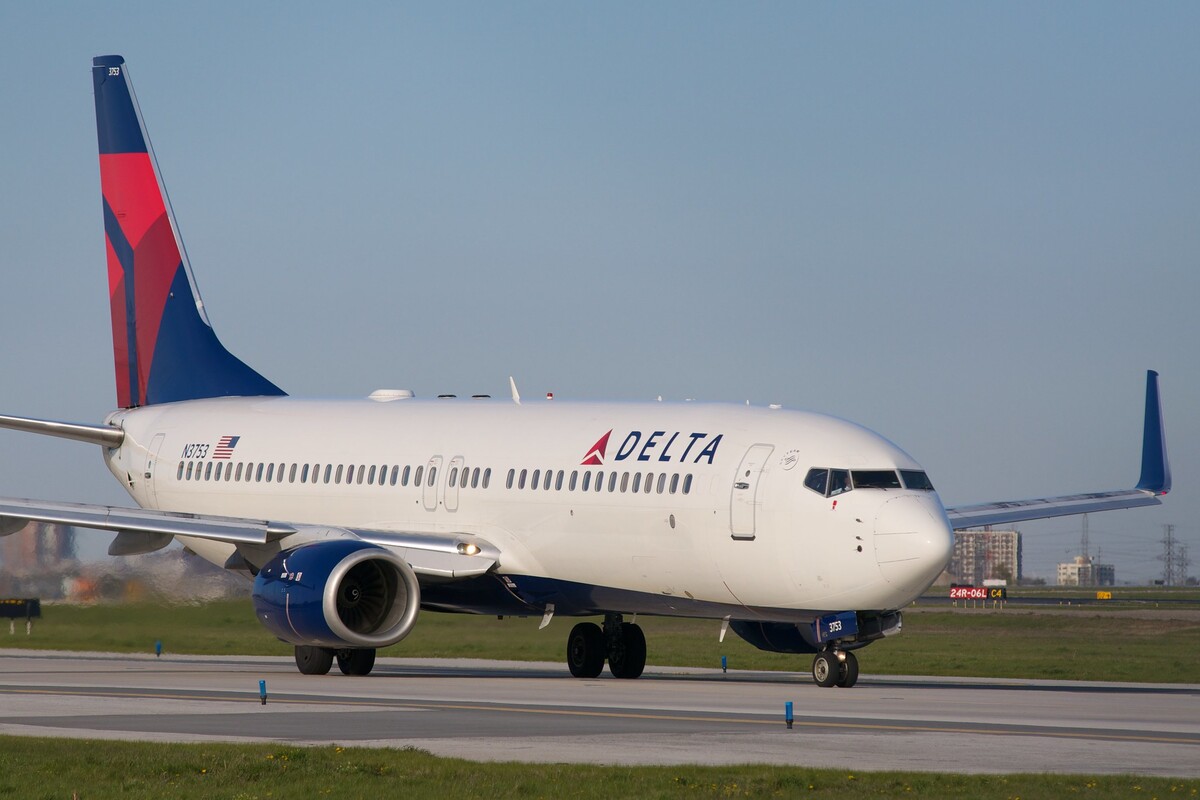Skift Take
Many of the loyalty program changes in 2024 are part of a continuing trend in the airline industry to reward customers who spend more.
Reaching status with an airline loyalty program may feel more difficult in 2024, as airlines opt to incentivize passengers willing to spend more.
Delta Air Lines made headlines earlier in the year for revamping its loyalty program to further reward those who spend more on tickets versus those who rack up miles.
Revenue-based loyalty programs are not new for the airline industry. Virgin America started one of the first based heavily based on revenue in 2008, and since then, an increasing number of airlines have been changing programs to reward those who spend the most on airfare and with co-branded credit cards.
“When you reward people based on spend, it reflects the value that they are bringing you versus rewarding them on distance,” said Jonathan Kletzel, transportation and logistics practice leader at PwC.
Loyalty programs are a multi-billion dollar business for airlines. For example, American Airlines’ AAdvantage program and United Airlines’ MileagePlus program are valued at $24 billion and $22 billion, respectively.
The new year is also the first time where most of eased pandemic-era status requirements are gone, with airlines opting to bring back pre-pandemic status tiers as they grapple with overcrowded lounges and a high volume of fliers reach
